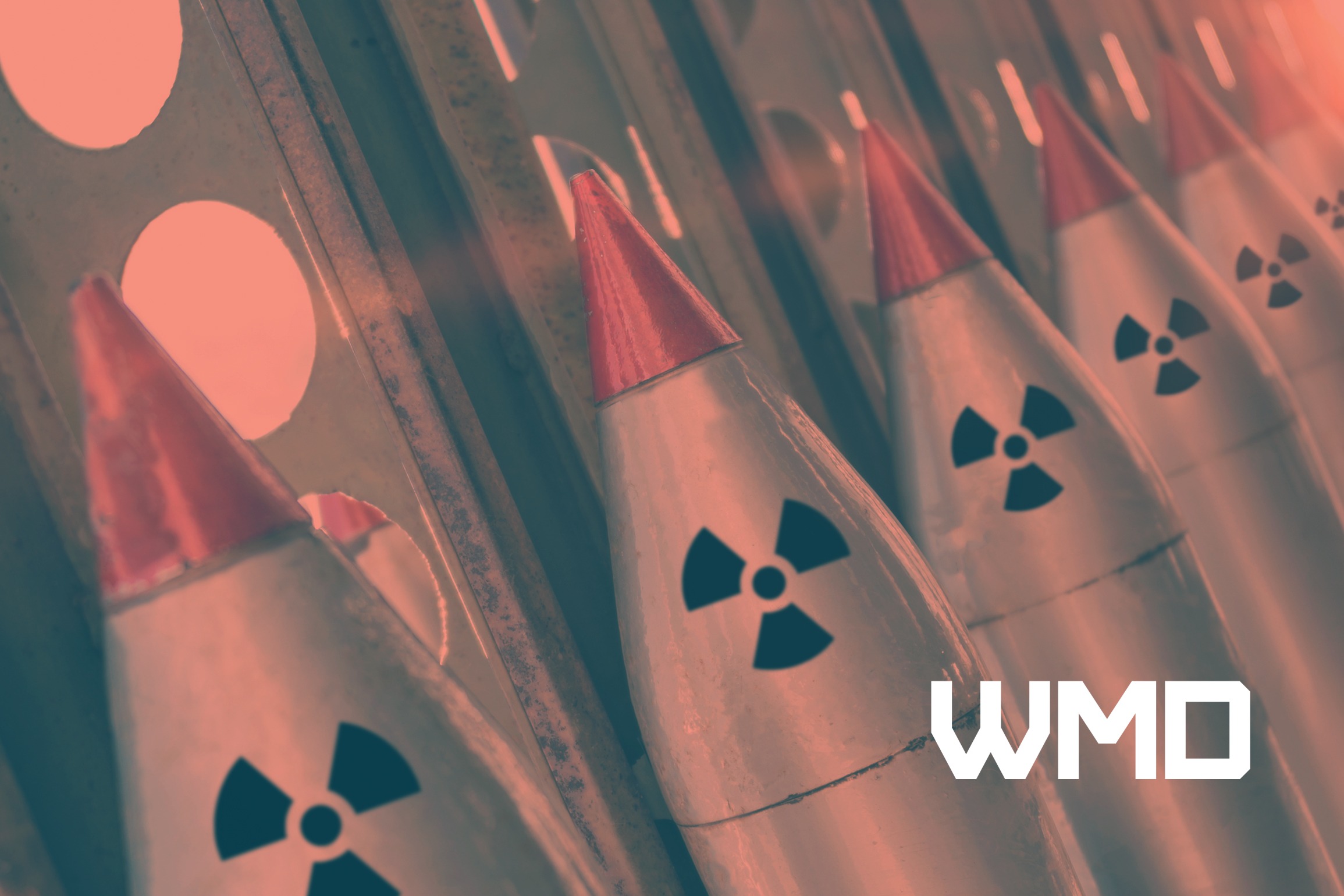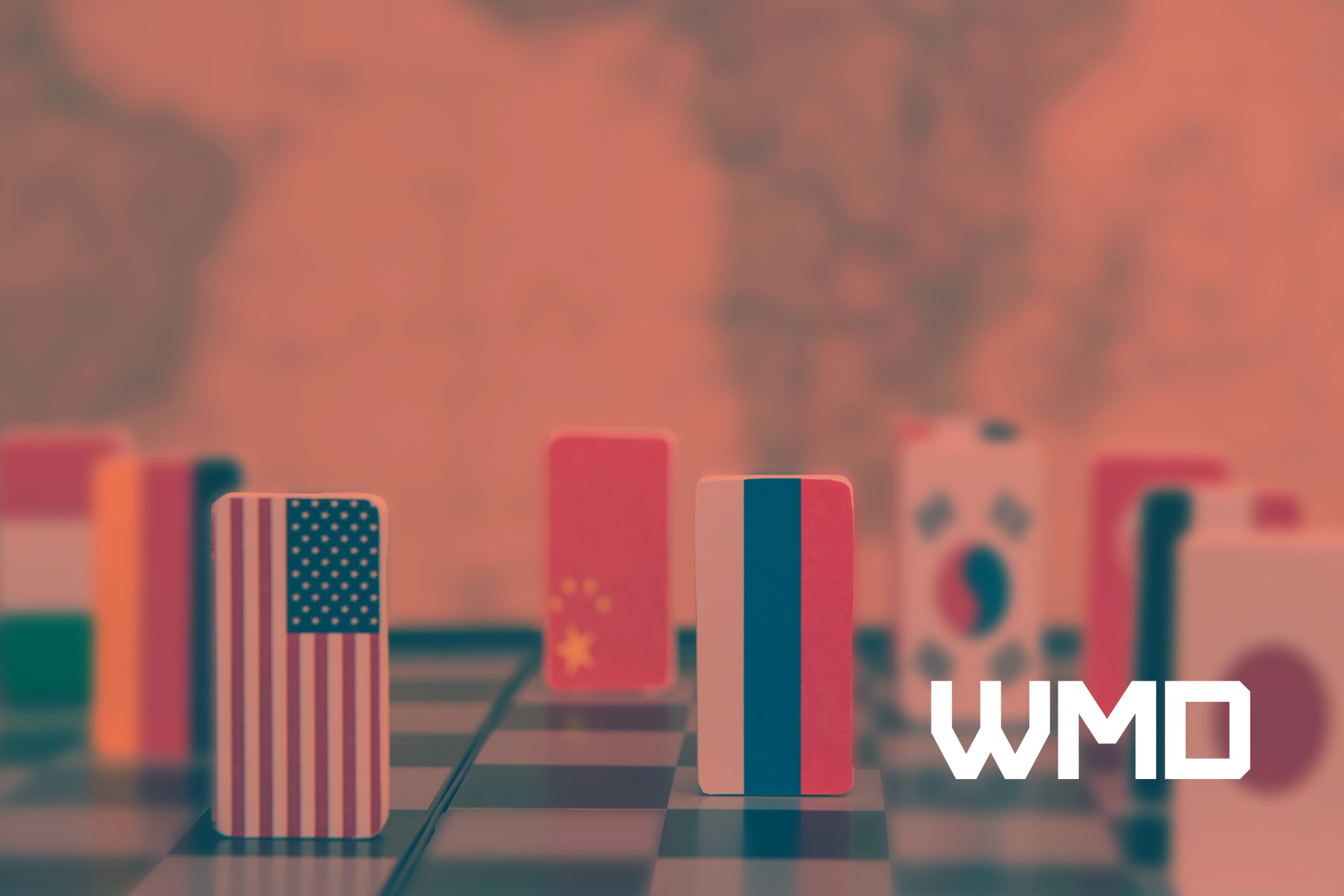The Arms Race on the Korean Peninsula is increasing the risk of South Korean proliferation
2021 APLN and Korea Times Essay Contest, Honorable Mention
The Arms Race on the Korean Peninsula is increasing the risk of South Korean proliferation
by Dustin Edward HINKLEY
North Korea recently proclaimed that Australia’s new agreement with the United Kingdom and the United States to develop nuclear-powered submarines will lead to a nuclear arms race, but the true risk of that lies much closer to home. This emerging trend of intensification of the arms race on the Korean Peninsula is destabilizing in a way that puts South Korea on the path towards proliferation, but there are still opportunities to pursue threat reduction and prevent this outcome.
In the months since the United States lifted restrictions on South Korean missile development in May, the arms race has taken several new steps forward as North Korea continues to develop its nuclear program and South Korea continues its military buildup. In late August the Yongbyon nuclear plant in North Korea resumed operation, sparking concerns that North Korea is creating new fissile material to build new nuclear warheads. After that, South Korea tested a new submarine-launched ballistic missile, a new hypersonic anti-ship cruise missile, and a new air-to-surface missile. North Korea also conducted its own series of missile tests, including launching a new rail-based missile, firing a cruise missile into Japanese waters, and a new short-range ballistic missile test conducted during its representative’s speech before the United Nations General Assembly. Recently, leading South Korean opposition presidential candidate Yoon Seok-youl of the People Power Party also stated that he would demand the United States forward deploy nuclear weapons in South Korea, as it did before 1991. This sort of military posturing with increasingly advanced missiles has gone on with no indication of de-escalation.
These developments establish a norm of pursuing new weapons that could be part of a future nuclear deterrent, advance the ability of South Korea to quickly develop nuclear weapons, and set up a confrontation with the United States over the credibility of its nuclear umbrella.
For its part, North Korea views continued expansion of its nuclear program to be the only way to maintain its independence. This is reinforced by Kim Jong-un’s perception that he won the 2017 nuclear crisis with the United States and now holds an advantageous position relative to the United States and South Korea.
At the same time that North Korea is intent to make new advances in its nuclear program, South Korea is also feeling more vulnerable as it perceives American extended deterrence as becoming less effective. This is evident from Yoon’s statement as well as polls showing widespread support for both US forward deployed nuclear weapons and a domestic nuclear weapons program over the past decade, and an essay sponsored by the Ministry of Defense making the case for South Korea to get nuclear weapons. The continuing buildup of new indigenous defense capabilities further clarifies that South Korea believes that it is now the primary actor deterring a North Korean attack and that American nuclear weapons are not a concern, a way of thinking that is leading South Korea towards nuclear proliferation.
There is one veto point left here that can be pursued, which is an impending South Korean request for the United States to forward deploy nuclear weapons in South Korea, which gives the United States a significant amount of influence over the next steps in the Korean arms race. The United States would face a choice between acting to continue the arms race and seeking to disrupt it. The United States must both reject this request while providing adequate reassurance that Seoul does not feel a need to start its own weapons program as a result.
An instinctual reaction would be to threaten significant consequences if South Korea became a proliferant, but this path bears a significant risk of stiffening South Korean resolve to pursue nuclear weapons, which it is able to do on its own because South Korea has a well-developed defense industrial complex and an advanced civilian nuclear program. Another possible response would be to embrace South Korean nuclear weapons as another element of the alliance, but this is dangerous because it does not anticipate the North Korean response to such an action or the risks for inflaming geopolitical tensions in East Asia as a whole, and is a further escalation of the ongoing arms race. The same is true of any ideas to simply agree to deploy American nuclear warheads in South Korea. The third option is to buy down the risk of South Korean proliferation by pursuing an end of war declaration on the Korean Peninsula, completing the transfer of wartime operation control to the South Korean military, and including South Korea in new talks with North Korea on limits to its own nuclear capabilities that acknowledge that the current goal of complete denuclearization of North Korea is not feasible.
The last option would allow South Korea to deescalate the arms race with the knowledge that it had made significant steps towards the military autonomy that it seeks through achieving the transfer of wartime operational control in addition to the military steps it has already taken. This option would also give the South Korean government and public concrete results to diplomacy with North Korea and a peaceful pathway forward. It has been well-documented that malign North Korean activities decrease during periods of sustained diplomatic engagement as possibilities such as sanctions relief open to it.
Utilizing this desire on the North Korean side to disrupt the ongoing arms race would take South Korea off of the path towards developing nuclear weapons, having provided reassurance that there are other options available.
Image: APLN/iStock, vanbeets.




